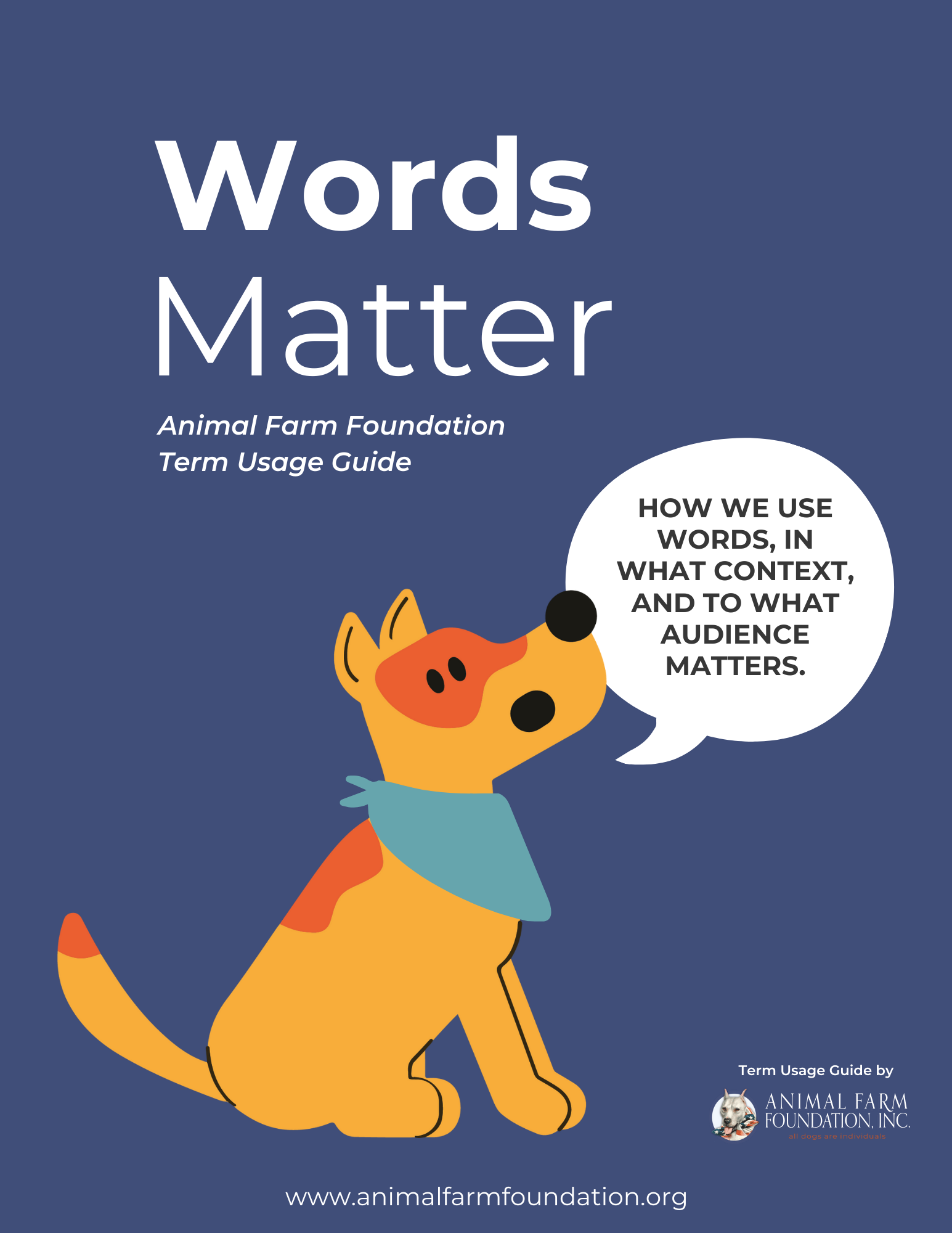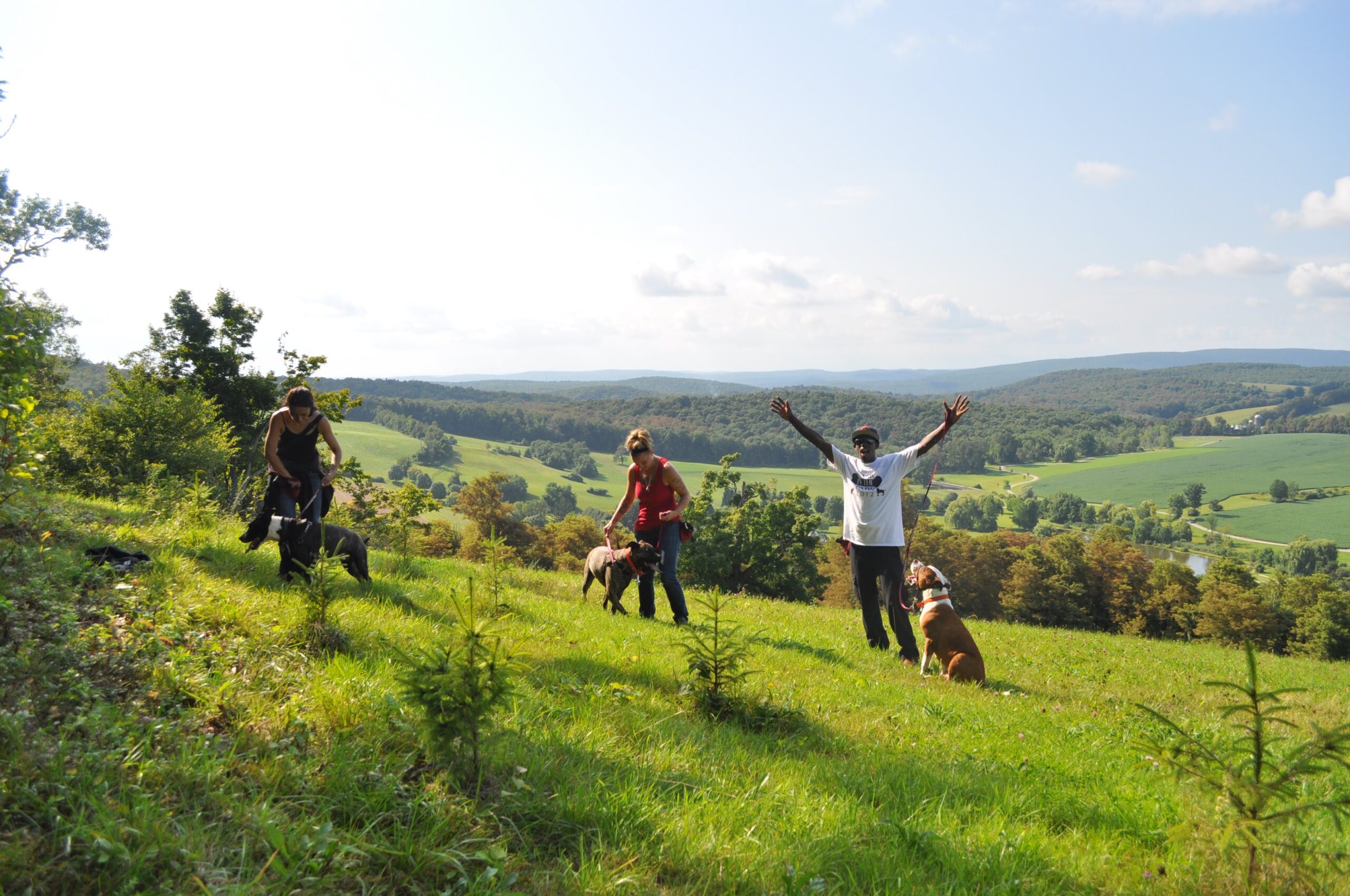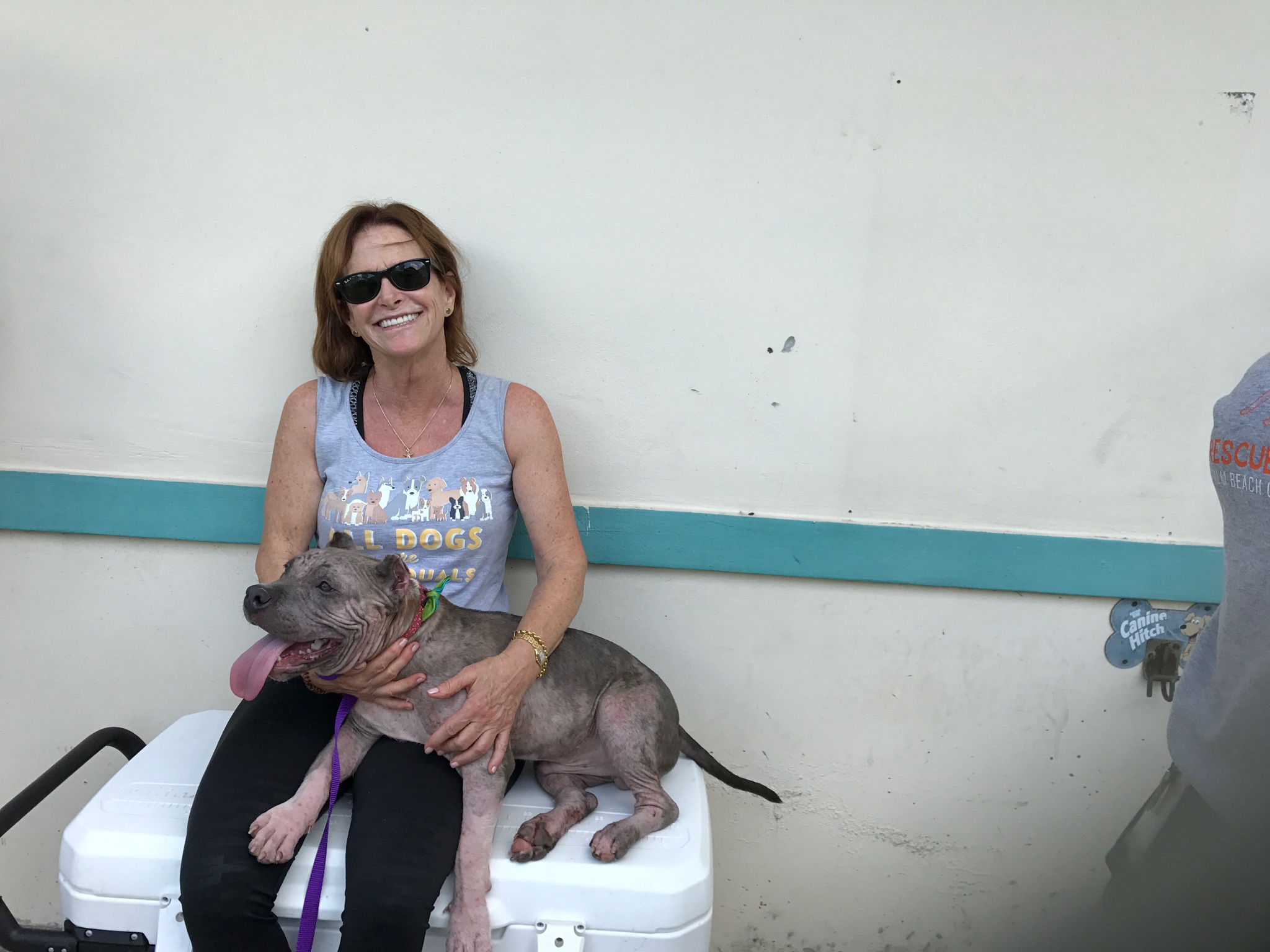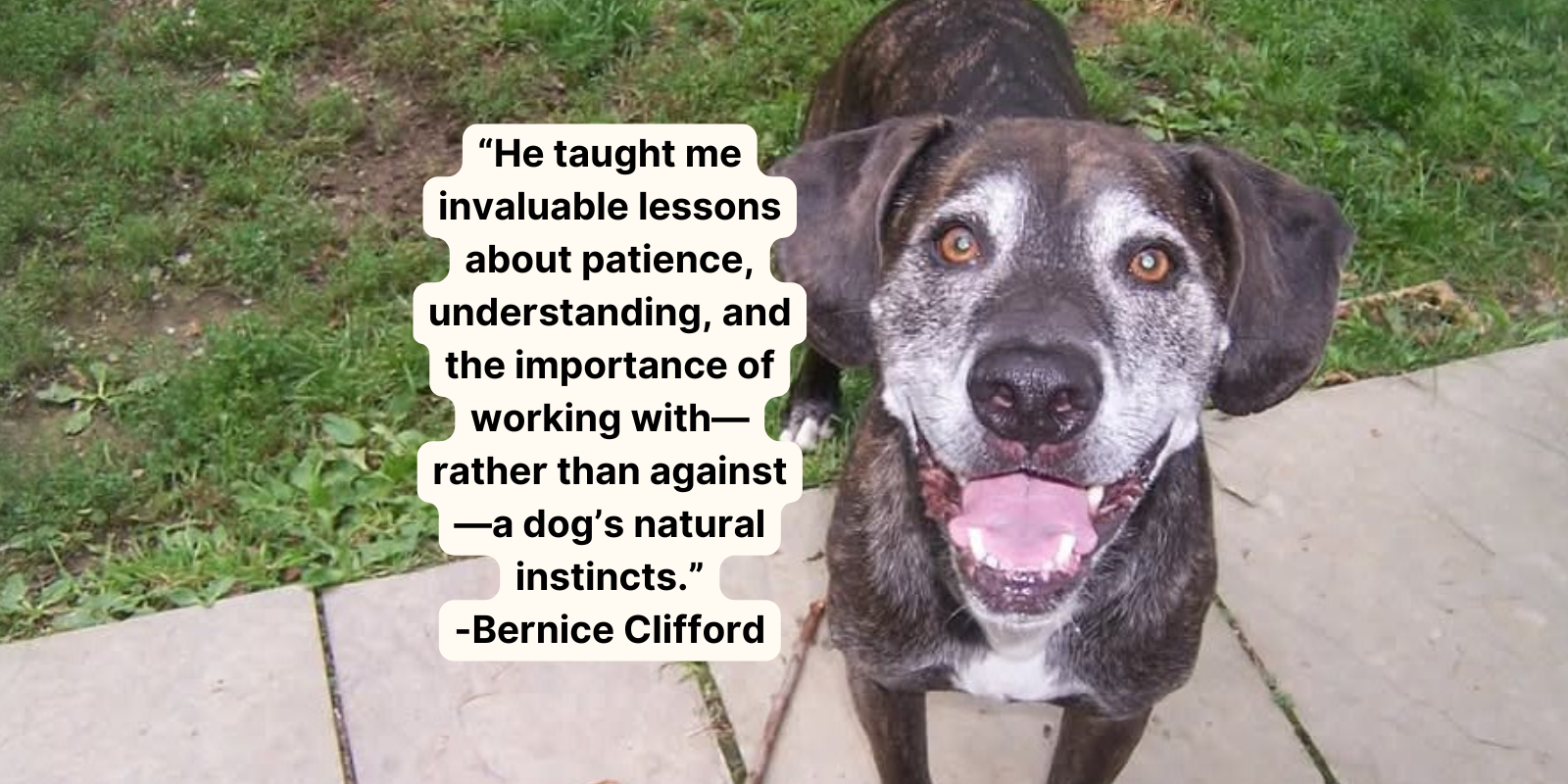This is a guest post from Kristen Auerbach, Deputy Chief Animal Services Officer at Austin Animal Center.
On average, we have 250 medium and large dogs available for adoption everyday at Austin Animal Center in Austin, Texas. While this makes for a great selection of potential pooches for our adopters to choose from, it can also be overwhelming for visitors as they wander through what can feel like a vast sea of dogs.

About a year ago, we realized that this was keeping our dogs from going home.
Potential adopters were fending for themselves. They walked through the kennel without a volunteer or staff member to guide them. Their information came from basic kennel cards containing the pet’s age range, intake type, species and color. We didn’t have the staff or volunteers to type out individualized notes about each dog or escort visitors through the kennels.
This meant that visitors didn’t have the information they needed to choose their next family member, so they left without adopting.

As you can see from the photo above, there is nothing on Daisy’s kennel card to make her stand out to potential adopters.
Our committed group of volunteer dog enrichment specialists were getting to know the dogs and had lots to say, but we didn’t have a good way for them to convey this information to potential adopters. We tried to let volunteers write on the kennel cards, but that resulted in handwritten notes, some of which actually hurt the dogs’ chances of going home.

For every “Roxy loves to play fetch!” there was a note that said, “Max pulls too hard and doesn’t listen to me.” Even though we provided training and guidelines, with hundreds of volunteers, handwritten notes were not serving the purpose of providing useful information for adopters. Our kennel cards still weren’t giving adopters a sense of who the dogs were.
In our ongoing quest to show that all dogs are individuals, we decided to try something totally different. We knew we needed something simple. Borrowing from an idea by our largest rescue partner, Austin Pets Alive!, we created our ‘report card’ for dogs. These cards give volunteers and staff an easy way to tell us some of the great things about the dogs they interact with daily.

Here’s how it works:
Each kennel gets a blank card as soon as a dog comes in. Ours are half-sheet sized laminated cards that can be re-used. At the top, a staff member or volunteer writes the dog’s name. At any time, any staff member or volunteer can choose to be a ‘champion’ for a dog they especially like or connect with. As a champion, they put their name on the card to and agree to answer questions for potential adopters and to work with the dog to complete her report card. Volunteers work with many dogs during their shifts, but they often choose one or two of their favorites to ‘champion.’

During the dog’s stay, we work on ‘academics,’ using positive reinforcement and treats to teach them basic skills like sit, stay, come and down. Once a dog learns a skill, the person who taught them circles that skill on the report card.
The ‘recess’ section involves the dog doing fun activities, many of which involve leaving the shelter. Our volunteers take shelter dogs on field trips, so we can learn if our dogs enjoy swimming, car rides and even practicing on an agility course. This section also lets visitors know if the dog they’re interested in likes to participate in doggie playgroups, which we hold here daily. Adopters love the recess portion of the report card because it helps them imagine how the dogs are outside of a kennel environment.

The third and final section is ‘qualities,’ where volunteers and staff circle the words that best describe the dog. Because dogs may act outgoing and goofy with one volunteer but shy and calm with another, sometimes dogs have lots of qualities circled. That’s okay! We explain to potential adopters that all dogs are individuals, and just like people, they may be cuddly in the morning and adventurous in the afternoon.
The cards are designed to give volunteers ideas for fun things to do with the dogs and each fun activity means a volunteer can circle another ‘recess’ item. We used to see lots of our volunteers taking dogs to the play yard and just sitting on a bench while the dog wandered around. This wasn’t very exciting for the dogs or people. Now we see volunteers taking the dogs out and doing puzzle toy activities, practicing obedience skills and even playing with the dogs on our agility equipment. And there’s a real sense of satisfaction in taking a dog back to its kennel and getting to circle another activity, skill or game.

Since we’ve implemented report cards, we’ve seen an increase in adoptions and our visitors have so much more fun walking through the kennels. People love them! It’s now a common occurrence to see families walking through and reading the report cards out loud, saying things like, “Oh Samson likes to swim! I always wanted a dog who likes water.” or “Look mom, Sasha knows how to shake!” Most importantly, the report cards help draw lifesaving attention to dogs who might otherwise be overlooked.
Here’s what volunteer Rachel had to say about the cards:
“As a volunteer it is really helpful to have those on the kennel so I know how to interact with the dog and can use that when talking to adopters about a dog I haven’t met before. Like, ‘Oh, a volunteer said he knows sit. He may not be sitting now because he’s so excited to be out with new people!’ And it’s helpful to know if they like fetch!”
Most of our visitors only see the front of the cards, but when you flip them over, we’ve included lots of important information, intended to help volunteers and staff best serve each dog.

The bottom section of the card back tells volunteers and staff what equipment that dog should be handled with. Some of our dogs just get walked in martingale collars while others are outfitted with Gentle Leaders or Easy Walk harnesses.
Want to use the card yourself? Here’s a printable version.






